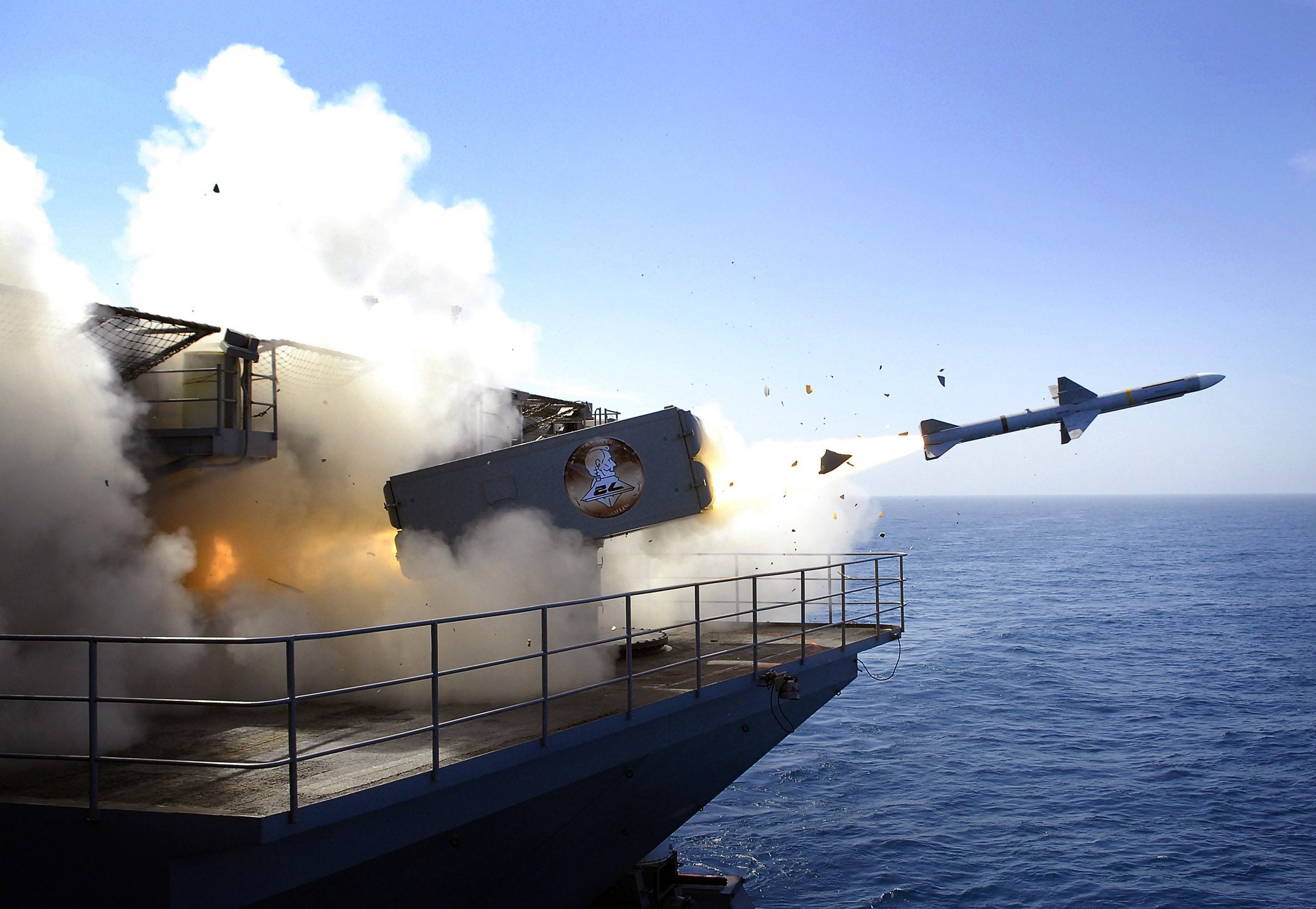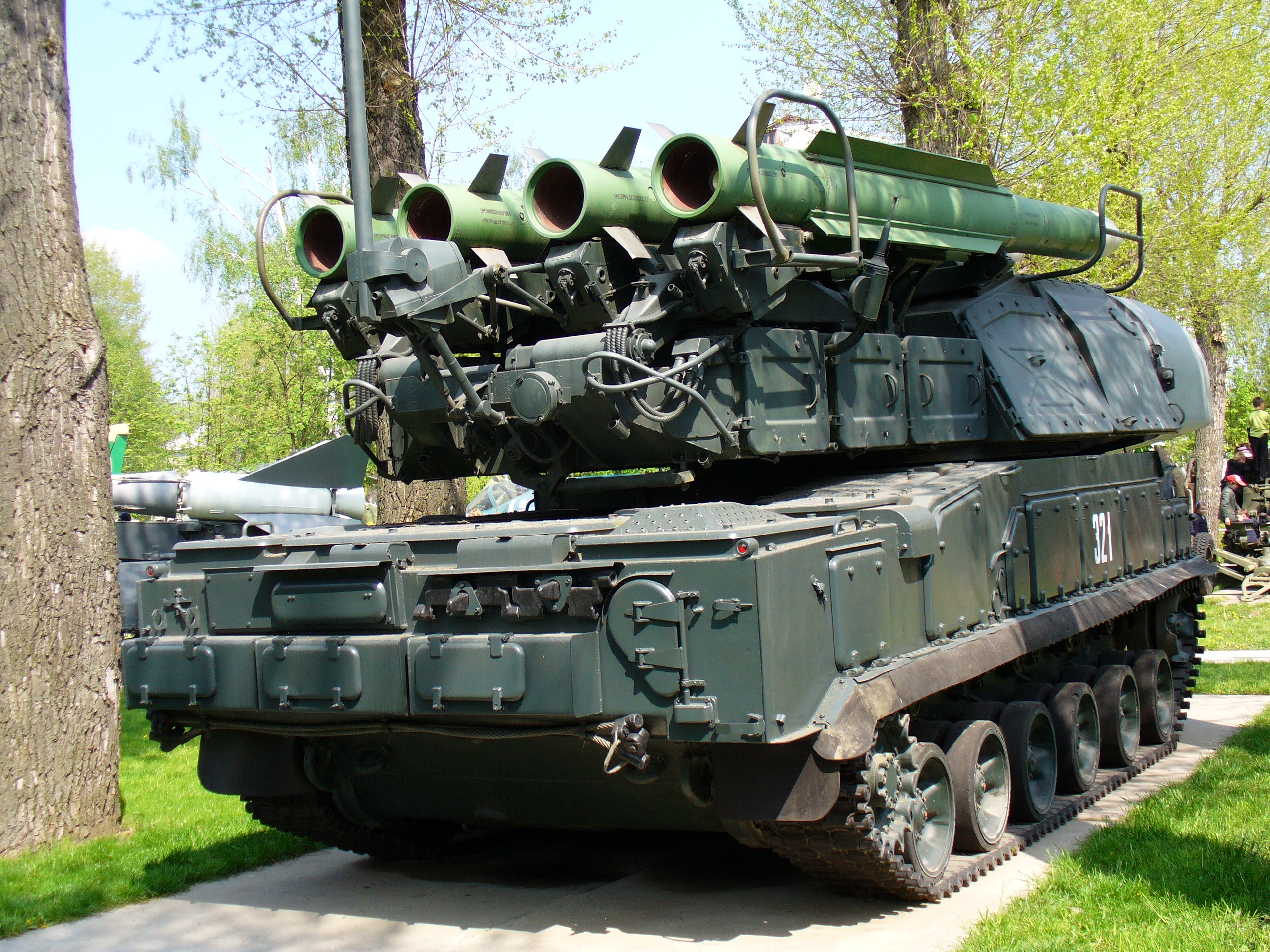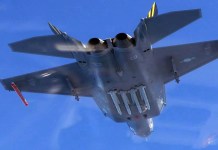The United States announced a $3.75 billion arms aid package on January 6 to bolster Ukraine’s resistance against Russia’s unabated attacks. The US Sea Sparrow air defense missile, which Ukraine has been eyeing, has made it to the package.
The package, which also includes the Bradley Infantry Fighting Vehicle, is aimed at helping Ukraine defend itself against Russian missiles and kamikaze drones and mounting a counter-offensive in the east.
The Defense Ministry of Ukraine tweeted: “Americans, you can’t even imagine how much we love you!”
The Pentagon did not disclose the number of RIM-7 Surface-to-Air Missiles dispatched to Kyiv. These missiles will be integrated into the Soviet-era Buk air defense systems that are already operational with the Ukraine Armed Forces (AFU), Politico reported.
Citing two unnamed sources familiar with the situation, the report noted that the Ukrainian military had modified its Buk launchers from the Soviet era to fire the Sea Sparrow. No further details were divulged about the nature of these modifications and how they were carried out in the absence of the missile.

Sea Sparrow anti-aircraft missiles can be launched from the sea or on land to intercept aircraft or cruise missiles. These anti-aircraft missiles will likely help curb Russian missile strikes on Ukraine’s cities which are believed to be a Russian tactic aimed at exhausting the AFU’s air defense.
There have been reports that the Soviet-era 9M38 missiles fired from the Buk-1 air defense systems have been nearly depleted, and the AFU needs missiles to keep the system running. The Sea Sparrow’s delivery may have been motivated by this fundamental deficit in Ukraine’s arsenal.
The Buk series of tracked self-propelled SAM systems initially appeared in the latter stages of the Cold War. Both combatants have extensively deployed several variants of the Buk air defense system in the ongoing conflict.
Earlier, a report published by Royal United Services Institute (RUSI) stated that the Buk system had wreaked havoc on Russian aircraft and denied air superiority to them.

Ironically, the same air defense system has also allowed Russia to defend itself against Ukrainian fire. A Russian commander revealed last year that they were employing the Buk missile system to shoot down MLRS (multiple launch rocket systems) rockets fired by AFU.
While the system was most remembered for the tragic downing of aircraft MH17 over eastern Ukraine in 2014, the Sea Sparrow missiles could be the next big thing and could prove to be a breakthrough. This may also be one of the rare occasions where a Soviet system will fire a Western-made anti-aircraft missile.
Sea Sparrows Are Headed To Ukraine
The RIM-7 Sea Sparrow, initially designed as a fast-response point-defense system, has gradually evolved into an intermediate-range weapon for warships.
It is a radar-guided surface-to-air missile that can be fired from the ground or the sea and intercept aircraft and cruise missiles. Under certain conditions, it can also engage targets that are on the surface.
It is a short-range, semi-active homing missile (SAHM) that makes flight corrections via radar uplinks. The launch platform, typically a warship, needs a radar to find and track the target before “illuminating” or “painting” it with a continuous-wave radar beam to engage. Often, the target is initially located and tracked using completely different radar.

Once the target has been locked, the sensitive SARH seeker in the missile’s nose, which is set to a specific signal from the radar, may be directed toward the target for the missile’s endgame strike.
Notably, the Soviet-era 9M38 missile typically fired by the Buk-1 system is also a semi-active homing missile. However, it is bigger and heavier than the Sea Sparrow that Ukraine is getting- the 9M38 weighs 1500 pounds per round compared to the Sea Sparrow, which is 500 pounds per round.

It is widely used by the United States, NATO, and other allies to protect against various air and surface threats, including high-speed, low-altitude anti-ship cruise missiles (ASCMs).
However, the missile has a few disadvantages, like a limited range, as it was initially designed to shoot down targets flying close to the ships (launch systems). Besides, the missile may not be able to take down very fast-flying targets.
The missile integration will undoubtedly keep the air defense system operating when Ukraine needs to shoot down as many missiles and drones as possible to keep the power grids running. With reports indicating that Russia is expected to deploy more Shahed-136 suicide drones, the Sea Sparrow would be a welcome addition.
Besides Ukraine, Taiwan is the only country that has demonstrated the capability to fire the RIM-7 Sea Sparrow missiles from the ground.
Ukraine currently relies on the Soviet-era S-300, the West-supplied NASAMS, and IRIS-T, among others, for air defense. However, it has maintained that it needs more air defense capabilities from the West to combat Russia’s sophisticated aerial targets, almost always aimed at obliterating critical infrastructure.
- Contact the author at sakshi.tiwari9555 (at) gmail.com
- Follow EurAsian Times on Google News




